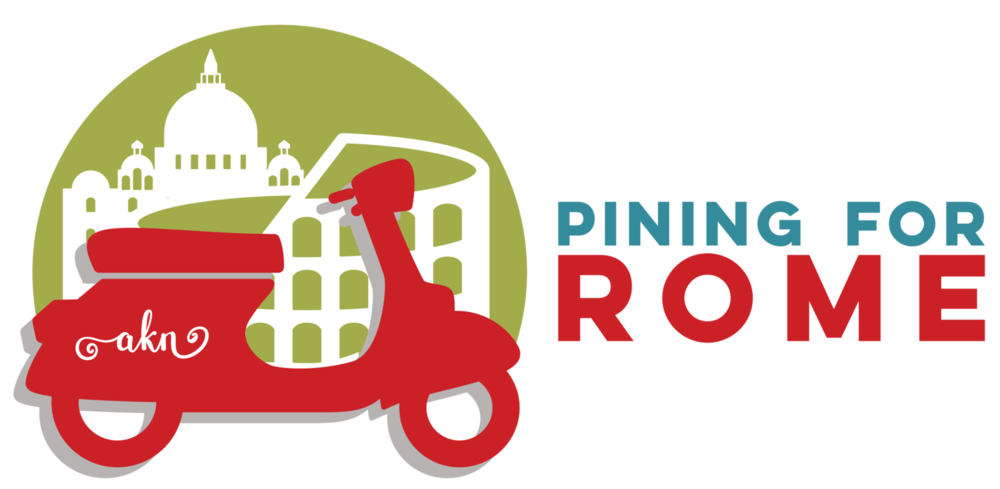A Question of Forgery
January 14, 1506, was an exciting day to be in Rome…
“In January 1506, word spread of a tremendous sculpture discovered in a vineyard near Santa Maria Maggiore. Julius II sent a servant and Michelangelo to see what was happening, and so it was that Michelangelo witnessed the excavation of the most famous discovery of his day: Laocoön, exhumed from the Sette Sale of the Domus Aurea.
According to legend, Laocoön, a priest, angered the gods. During the Trojan War, he warned his fellow Trojans of the danger in accepting the wooden horse from the Greeks, but to no avail. At the behest of the gods, snakes came from the sea, snatched Laocoön and his sons, and dragged them to a watery death.
Depicting Laocoön and his two sons in mortal struggle with writhing serpents, Laocoön had been buried for centuries. Julius II bought the sculpture and placed it in the Belvedere Courtyard for artists to study and admire. As Michelangelo planned Pope Julius II’s tomb, he undoubtedly drew inspiration from the muscled angst of the ancient sculpture. Laocoön now resides in the Vatican Museums.”
In his ancient text, Natural History, Roman author Pliny wrote that Laocoön “which is in the house of the emperor Titus, a work to be admired above any painting or any bronze statue: Laocoön, his sons, and the marvelous tangles of the serpents were sculpted in the same marble along the lines of a common project, by remarkable artists: Agesander, Polydorus, and Athenodorus from Rhodes.”
Michelangelo’s friends and contemporaries had dreamed of finding Laocoön. They’d read Pliny’s accounts of its beauty and importance in ancient Rome. And then, on January 14, 1506, the sculpture emerged from the earth where it had been buried for more than 1000 years.
The only account of the discovery of Laocoön comes from a letter written by Giuliano da Sangallo’s son, Francesco. Sangallo, a friend of Michelangelo and a collector of antiquities, went to the excavation with Michelangelo and Francesco. Fifty years later, Francesco, recalled the monumental day in a letter.
Vasari, described sculpture before the discovery of Laocoön as having a “dry manner, crude and rough.” He attributes the lifelike vigor of great Renaissance sculpting to exposure of “certain old things excavated from the earth, that were discussed in Pliny, among the most famous the Laocoön, Hercules and the large torso of the Belvedere, the Cleopatra, the Apollo and many others.”
But here’s the really interesting part…
Recent scholars have suggested that perhaps Michelangelo, himself schooled in the art of forgery, carved Laocoön during his first trip to Rome and buried it to be “discovered” at a later date. We know that Michelangelo had forged antiquities before. Is Laocoön the work of his imagination rather than the celebrated ancient sculpture? One expert who I interviewed said, “If it is true, it would explain a whole lot.”



